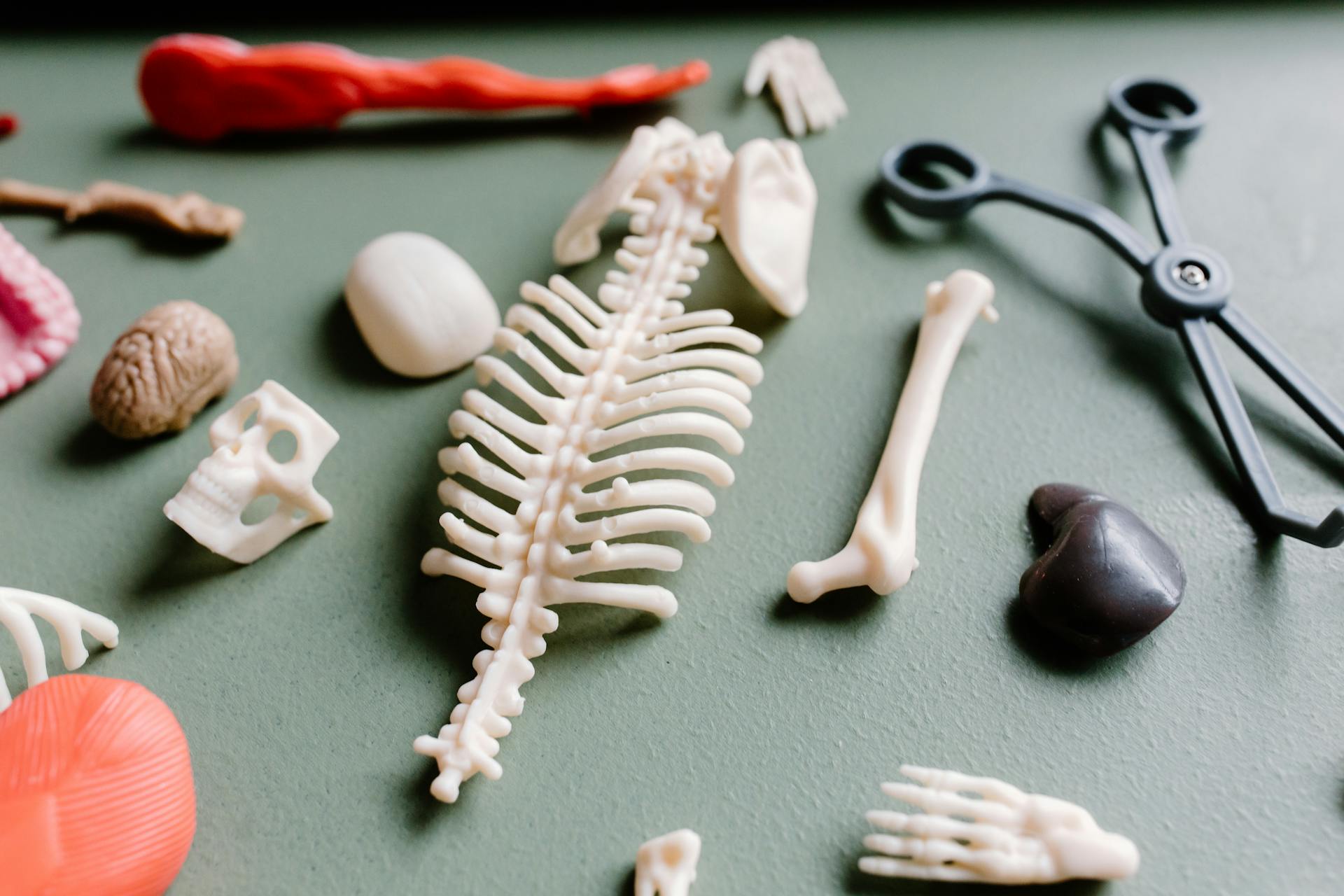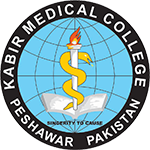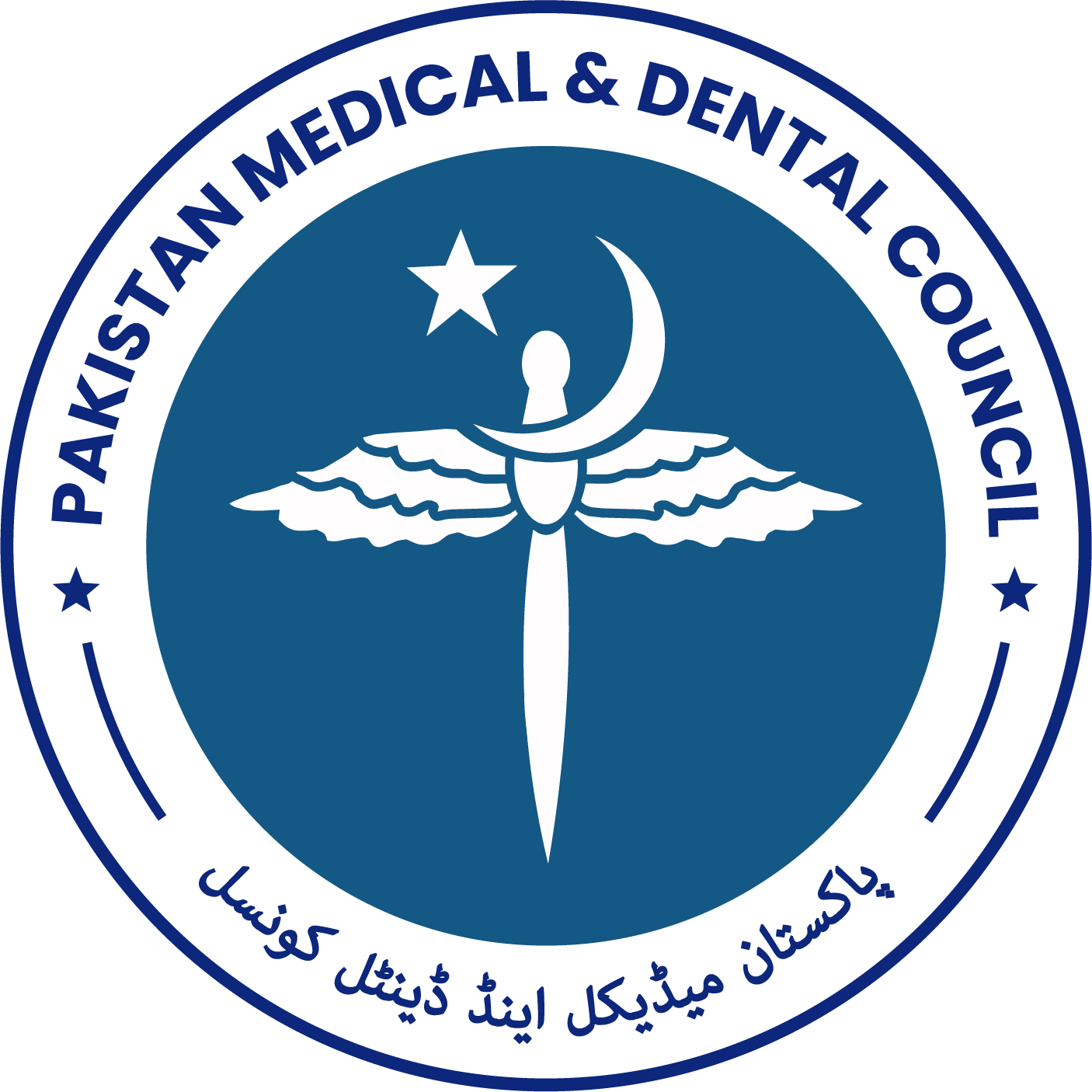Foundation of Human Structure and Function
Department of Anatomy
Anatomy is the oldest medical discipline, encompasses the study of biological structure at various levels. Human anatomy is primarily the scientific study of the morphology of the human body. Anatomy is subdivided into gross anatomy, microscopic anatomy, Embryology, Neuro Anatomy, And Basic Medical Genetics. Gross anatomy is the study of anatomical structures that can be seen by unaided vision, Practical experience would be gained by dissection of human body and study with the help of models. Specimens, charts and histologic slides help the students to develop clear concepts of Anatomy. Microscopic anatomy is the study of minute anatomical structures assisted with microscopes, which includes histology (the study of the organization of tissues), and cytology (the study of cells). The study of Embryology covers the principles of reproduction, foetal growth and development with explanation of various structural relationships in the human body and etiology of developmental anomalies.

Advanced Learning with Lab & Audiovisual Resources
Neuro-Anatomy
The study of Neuro-anatomy covers the basic principles of organization and functions of nervous system.The College hostess a well developed laboratory and museum to aid and facilitate easy learning for the students. The models are helpful for medical and dental students. The audiovisual section has various video films showing the methods of dissection and demonstrates the different parts of body. Audiovisual section also has the slides and transparencies of gross anatomy, embryology, histology and Neuro-anatomy, Bone Bank has many articulated and non-articulated skeletons. Bones are provided to students through bone bank for studies.
nnovative Teaching, Assessments
Cutting-Edge Learning in Anatomy
The college has state of the art lecture room where along with traditional means of teaching video tutorials are also given. Regular assessments to ensure the understanding of the subject by the students are carried out.The methods of teaching include lectures, tutorials, gross anatomy and neuro-anatomy dissections, the anatomy museum, and microscopic anatomy practicals. Students are evaluated at gross anatomy spot tests and a common MCQ test, testing knowledge in all areas. A special microscopic anatomy spot test is held. The main examination is held at the end of the term. This includes a MCQ paper, a Structure Essay Paper and a Viva. A Gold Medal and Distinctions are awarded to the top student.



